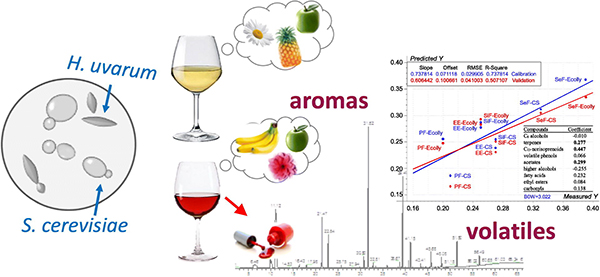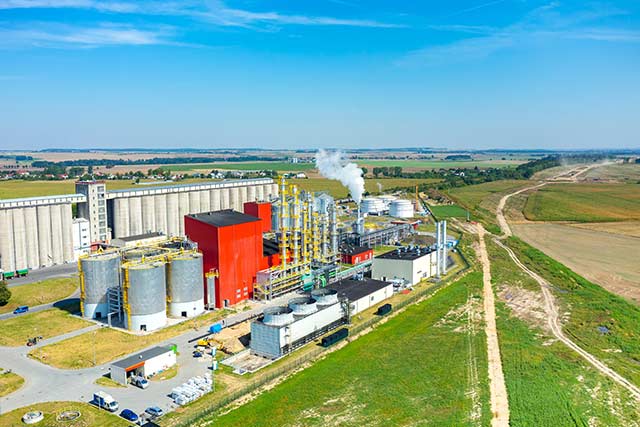May 30th, 2018
By C.yp
Wine aroma response to different participation of selected Hanseniaspora uvarum in mixed fermentation with Saccharomyces cerevisiae published on Food Research International is mainly talking about what role do non-Saccharomyces yeasts play in wine making. It also has to mention that Xu Yinhu, senior engineer in wine and beer making of Angel Yeast Company made contributions to the shaping of this article and performed the experiments.
Wine aroma response to a selected Hanseniaspora uvarum Yun268 strain was investigated using different inoculation strategies with commercial Saccharomyces cerevisiae yeast, namely, simultaneous fermentation (SiF), sequential fermentation (SeF), S. cerevisiae fermentation treated with extracellular extract of H. uvarum (EE), and pure S. cerevisiae fermentation (PF). Contributive volatiles in the perception of enhanced aroma traits were uncovered by partial least-squares regression. Results showed that controlled inoculation resulted into different amounts of H. uvarum Yun268, which distinctively affected the chemical and sensory profiles of wines. The concentration of aromatic compounds could be increased by H. uvarum Yun268 yeasts via high levels of β-glucosidase activity and fatty acids. Terpenes, C13-norisoprenoids, acetate esters, ethyl esters, and fatty acids served as the impact volatiles that contributed to the enhanced aroma traits. SiF specifically increased the contents of C13-norisoprenoids, terpenes, and ethyl esters, while EE enhanced varietal volatile content rather than those of fermentative ones. However, excessive H. uvarum Yun268 in sequential inoculation elevated the concentrations of acetate esters and volatile phenols, triggering nail polish odor in Cabernet Sauvignon red wines.

Different mixed fermentation strategies resulted into distinctive chemical and sensory profiles of wines.
Highlights
•
Wine aromas were distinctively modulated by different mixed fermentations.
•
H. uvarum Yun268 contributed to wine volatiles via β-glucosidase and fatty acids.
•
Extracellular extract enhanced varietal compounds rather than fermentative ones.
•
Correlation between aroma traits and impact compounds were built using PLSR.







